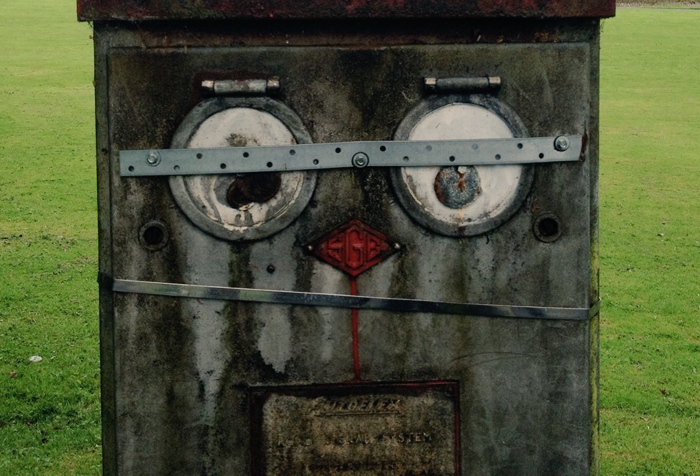Designing for the unknown future

Most of the time, companies, organisations, and governments are making big, bold, predictions about what they think will happen.
The truth is we never know what will happen. Not with any real certainty. When you think about any policy, idea, or – the government term I’m most uncomfortable with – ‘intervention’, you only really find out what will happen when it happens.
I think you have to make a choice as a designer. You can design for the future that looks like the past, or you can design for the unknown future.
Designing for the future that looks like the past
Spend all your time trying to predict what will happen.
This is the land of requirements. Having enough detail to cover every imaginable scenario. It leads to a level of complexity that increases steadily over time.
It means trying to design the future by defining what people can do.
The problem with this approach. We’re not good at predicting the future. There are simply too many unknown, unknowns.
We can only make predictions based on how the world looks right now, an understanding built on past events.
Designing for the unknown future
Design something that helps people deal with their own uncertainty.
This is design that works for people. It’s intentional in creating value by making things that won’t break in an uncertain future. These things tend to be open. Less defined. Shaped by the real experiences of people over time.
Alternatively, it focusses on breaking things now to understand what could work in the future.
This is harder than requirements. It’s about understanding people and the future possibilities that their lives might hold.
Stuck in a future we didn’t design for
If you design for people to behave in a certain way, they could be stuck in a future that doesn’t support that model of behaviour.
You have to consider whether what you’re creating now will be able to adapt, and then evolve around people’s lives in the future.
The best design has always been adaptable. It helps people do things. It takes what they have and gives them the means to do more with it.
Start designing for a more uncertain future
To get started, think about data, relationships, trust, and consent.
Look for patterns that have the potential to empower people to do something. Not how you want them to do it, but a framework they can work within to solve the problem.
The question we need to ask more is “what can people do?â€
Designing the services of the future is going to be more like investing in a relationship. There has to be trust on both sides, with behaviour a result of mutual respect and shared values.
It’s going to be less like deciding what the future should look like and more about creating the platforms that give people the authority or means to build a better future for themselves.
This is my blog where I’ve been writing for 18 years. You can follow all of my posts by subscribing to this RSS feed. You can also find me on Bluesky, less frequently now on X (formally Twitter), and on LinkedIn.